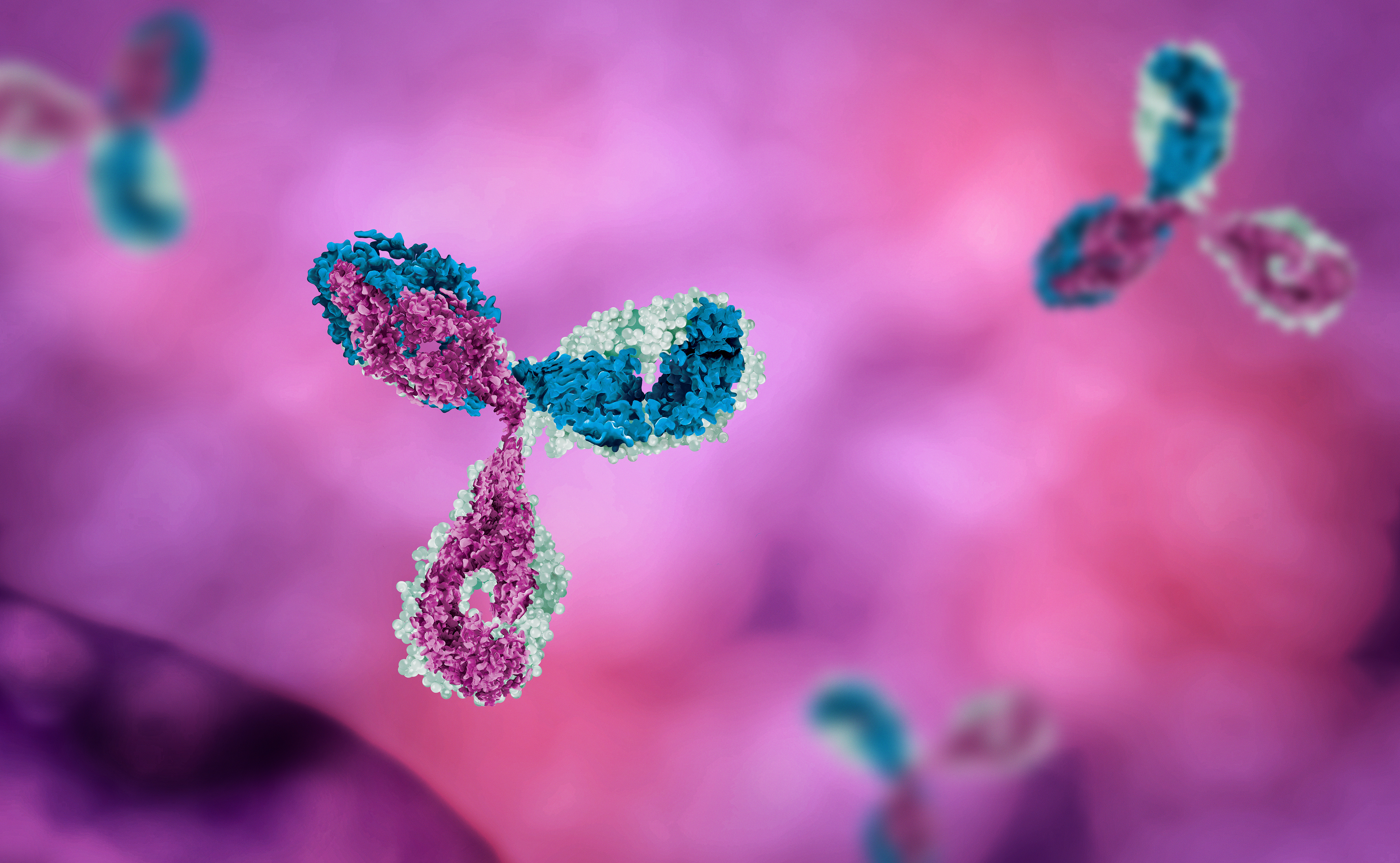
Completed in 2003, the first human genome sequence took 13 years to finish and cost approximately $3 billion. Less than 25 years later, thanks to rapid advancements in sequencing technologies, a human genome can be sequenced in a few days for under $1000. This has revolutionised the field of human genomics, opening possibilities in personalised medicine, drug development, gene-disease association studies, and more. Now Roche have announced their new “sequencing by expansion” approach, which promises to drive further progress in the sequencing field.
The dawn of next-generation sequencing
Early sequencing endeavours, including the Human Genome Project, used an approach known as Sanger sequencing. Though accurate, this method required a separate DNA synthesis and sequencing step, and it could only sequence a single molecule at a time. This made sequencing laborious, costly and slow. Despite work to automate the process, these factors prevented the widespread sequencing of many individuals, and genomics efforts instead focused on refining a single human reference genome.
This all changed with the introduction of next-generation sequencing (NGS) in the mid-late 2000s. NGS technologies are characterised by their much higher throughput compared to Sanger sequencing, allowing more DNA to be sequenced in less time. By allowing many genomes to be sequenced, the advent of NGS saw the first genome-wide studies into human diversity. Now sequencing is becoming so accessible that the NHS aims to roll out whole-genome sequencing as part of routine care. Not only has NGS transformed the way we sequence genomes, but it has also facilitated the development of new laboratory techniques, including RNA sequencing (RNA-seq) and chromatin immunoprecipitation sequencing (ChIP-seq).
NGS: the dominant technologies
Over the years, three key players have emerged in the NGS field: Illumina, Oxford Nanopore Technologies (ONT) and Pacific Biosciences (PacBio).
Illumina’s sequencing-by-synthesis technology involves detecting fluorescently labelled nucleotides as they are added to a growing strand. With each reaction cycle, a single base is added and the synthesis reaction terminated, allowing the base to be detected and its fluorescent label to be cleaved in preparation for the next cycle. Millions of fragments can be sequenced at once, conferring very high throughput. However, the process is slowed by the repeated cycling, and the accumulation of errors limits reads to around 150 bp in length, posing problems for sequence assembly.
PacBio and nanopore sequencing by ONT represent leading so called “long-read sequencing technologies” (because of their ability to produce longer reads than possible with Illumina sequencing). Long-read technologies have proven extremely useful in genome assembly, with the combination of PacBio and nanopore sequencing facilitating the recent release of the T2T assembly, dubbed the first “truly complete” human genome. Like Illumina, PacBio’s technology detects fluorescently labelled nucleotides during DNA synthesis, except in real-time and without the need for repeated termination. By taking advantage of the speed, fidelity and processivity of DNA polymerase, reads tens of kilobases in length can be achieved. Meanwhile, nanopore sequencing works by detecting changes in electrical signals as a DNA molecule is fed through a pore, and is capable of producing reads hundreds of kilobases in length. Though long-read technologies have historically been plagued by lower accuracy than short-read methods, PacBio’s development of HiFi sequencing in 2019 saw them achieve >99% accuracy in reads up to 25 kb. The recent release of duplex sequencing has also seen an increase in the accuracy of nanopore sequencing. However, the close proximity and similar molecular structure of bases in native DNA pose intrinsic constraints on nanopore’s accuracy, limiting the signal-to-noise ratio and making individual bases difficult to discern.
A new sequencing paradigm: sequencing by expansion
Aiming to overcome the existing limitations of NGS technologies, Roche have developed a new approach: sequencing by expansion (SBX). SBX overcomes the issues associated with cycle-based approaches by utilising nanopore-based sequencing, whilst simultaneously addressing nanopore’s signal-to-noise limitations. The technology is the result of two of Roche’s previous acquisitions, combining the sequencing-by-expansion technology of Stratos Genomics with the massively parallel single-molecule nanopore platform of Genia Technologies. SBX is currently set to launch in 2026, with early adopter units already in some customer’s labs.
At its core, SBX encodes DNA sequence information into a longer, expanded molecule called an Xpandomer, using reporters which are easily differentiated by nanopore sequencing (see here for a video). In this way, the challenges faced by previous nanopore technologies in differentiating individual bases are overcome.
Specifically, a single strand of DNA is copied using modified nucleotides, called “X-NTPs”, to form an Xpandomer. Each X-NTP includes a loop-shaped attachment coded to match its corresponding base, as well as an acid-cleavable bond. After synthesis is complete, cleavage is induced in the backbone of the Xpandomer, causing the helix to unwind to up to 50 times its previous length. As a result, bases that were previously separated by the width of just a few atoms are instead separated by the (much larger) unfurled length of the loop attachments. The expanded molecule is then fed through a nanopore, where the changes in electrical signal conferred by the loop attachments allow the sequence to be read. By incorporating a translocation control element in each loop, the Xpandomer can be passed through the pore one reporter code at a time using voltage pulsing, further increasing base-calling accuracy. Combined with a massively parallel single-molecule nanopore platform, the result is an ultra-fast high-accuracy and high-throughput sequencing approach, which Roche claim can sequence 7 genomes at >30x coverage in just an hour.
The development of SBX presents a promising development in sequencing technology, with the potential to drive progress in both laboratory and clinical settings. With the capacity to sequence large quantities of DNA quickly and with high accuracy, it will be exciting to see how SBX impacts the growth of already rapidly advancing fields such as genomics, diagnostics and personalised medicine.
Jennifer is a trainee patent attorney working in our Life Sciences team. Jennifer's area of expertise currently include Genetics and Omics Technologies, Systems Biology, Bioinformatics and Molecular Biology.
Email: jennifer.hoang@mewburn.com
Sign up to our newsletter: Forward - news, insights and features
Our people
Our IP specialists work at all stage of the IP life cycle and provide strategic advice about patent, trade mark and registered designs, as well as any IP-related disputes and legal and commercial requirements.
Our peopleContact Us
We have an easily-accessible office in central London, as well as a number of regional offices throughout the UK and an office in Munich, Germany. We’d love to hear from you, so please get in touch.
Get in touch.png?width=100&height=100&name=Jennifer%20Hoang%20circle%20headshot%20(1).png)

